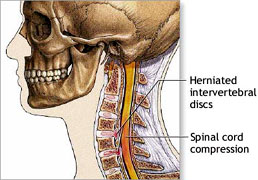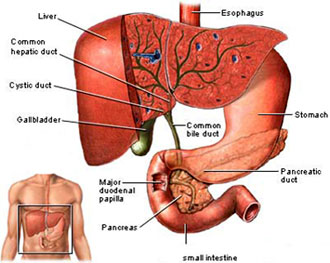Obesity

Obesity
A super obese male with a BMI of 47 kg/m2: weight 146 kg (322 lb), height 177 cm (5 ft 10 in) In children, a healthy weight varies with age and sex. Obesity in children and adolescents is defined not as an absolute number, but in relation to a historical normal group, such that obesity is a BMI greater than the 95th percentile.[13] The reference data on which these percentiles are based are from 1963 to 1994, and thus have not been affected by the recent increases in weight.[14]
BMI is calculated by dividing the subject\\\'s mass by the square of his or her height, typically expressed either in metric or US "customary" units:
Metric: BMI = kilograms / meters2
US customary and imperial: BMI = lb * 703 / in2
where lb is the subject\\\'s weight in pounds and in is the subject\\\'s height in inches.
The most commonly used definitions, established by the World Health Organization (WHO) in 1997 and published in 2000, provide the values listed in the table at right.
Some modifications to the WHO definitions have been made by particular bodies. The surgical literature breaks down "class III" obesity into further categories whose exact values are still disputed.
- Any BMI = 35 or 40 is severe obesity
- A BMI of = 35 or 40–44.9 or 49.9 is morbid obesity
- A BMI of = 45 or 50 is super obese
| BMI | Classification |
| < 18.5 | underweight |
| 18.5–24.9 | normal weight |
| 25.0–29.9 | overweight |
| 30.0–34.9 | class I obesity |
| 35.0–39.9 | class II obesity |
| = 40.0 | class III obesity |
Effects on health
Excessive body weight is associated with various diseases, particularly cardiovascular diseases, diabetes mellitus type 2, obstructive sleep apnea, certain types of cancer, and osteoarthritis. As a result, obesity has been found to reduce life expectancy.
Relative risk of death for men (left) and women (right) in the United States by BMI.
Obesity is one of the leading preventable causes of death worldwide. Large-scale American and European studies have found that mortality risk is lowest at a BMI of 22.5–25 kg/m2 in non-smokers and at 24–27 kg/m2 in current smokers, with risk increasing along with changes in either direction. A BMI above 32 has been associated with a doubled mortality rate among women over a 16-year period. In the United States obesity is estimated to cause an excess 111,909 to 365,000 death per year, while 1 million (7.7%) of deaths in the European Union are attributed to excess weight. On average, obesity reduces life expectancy by six to seven years: a BMI of 30–35 reduces life expectancy by two to four years, while severe obesity (BMI > 40) reduces life expectancy by 10 years.
Morbidity
Main article: Obesity-associated morbidity Obesity increases the risk of many physical and mental conditions. These comorbidities are most commonly shown in metabolic syndrome, a combination of medical disorders which includes: diabetes mellitus type 2, high blood pressure, high blood cholesterol, and high triglyceride levels.
Complications are either directly caused by obesity or indirectly related through mechanisms sharing a common cause such as a poor diet or a sedentary lifestyle. The strength of the link between obesity and specific conditions varies. One of the strongest is the link with type 2 diabetes. Excess body fat underlies 64% of cases of diabetes in men and 77% of cases in women.
Health consequences fall into two broad categories: those attributable to the effects of increased fat mass (such as osteoarthritis, obstructive sleep apnea, social stigmatization) and those due to the increased number of fat cells (diabetes, cancer, cardiovascular disease, non-alcoholic fatty liver disease).Increases in body fat alter the body\\\'s response to insulin, potentially leading to insulin resistance. Increased fat also creates a proinflammatory state,and a prothrombotic state. Send Enquiry

















